Dance has always been an integral part of funk music, serving as both an expression of rhythm and a unique cultural language. From the groovy beats of the 70s to modern reinterpretations, funk music has inspired countless dance moves that capture its raw energy and soulful vibe. Whether you’re a seasoned dancer, a fan of the genre, or simply curious about the artistry behind it, this funk music dance moves names list is here to take you on a journey through the world of funk. Explore the iconic moves, funny names, and styles that define this electrifying form of dance, and discover how they’ve shaped street culture and music history.
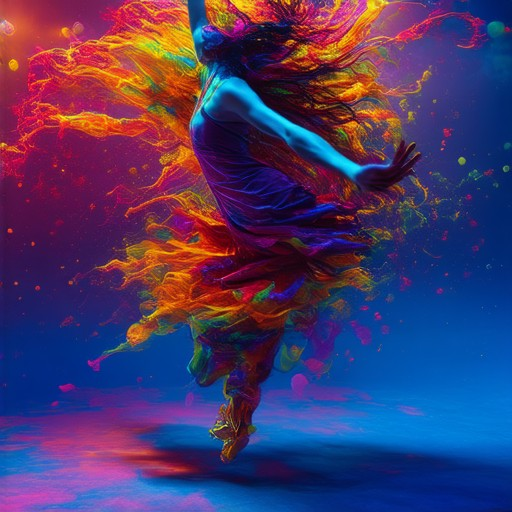
The Name of the Funk Dance
The funk dance encompasses various styles, each with unique movements and expressions. Here are some of the most recognized funk dance styles:
- Popping : Known for its sharp, sudden movements, popping involves quick jerks and jumps, creating a visually striking effect.
- Locking : This style focuses on freezing poses, where dancers hold still in dramatic positions before moving again.
- Waving : Characterized by fluid, continuous arm movements, waving adds a graceful element to funk dancing.
- Gliding : Similar to waving, gliding involves smooth transitions across the floor, often accompanied by spins and footwork.
- Boogaloo : A playful and comedic style, boogaloo combines humor with intricate foot patterns and body movements.
- Strobing : Named for the flashing lights effect, strobing uses rapid movements to mimic the look of neon lights.
- Animation : This style emphasizes storytelling through dance, with exaggerated expressions and dynamic movements.
- Botting : Often referred to as “robot” dancing, botting features mechanical-like movements, precise timing, and sharp coordination.
These styles collectively define the funk dance, showcasing its diversity and creativity.
Funk Styles
Funk is a genre of music that emerged in the mid-1960s, characterized by its syncopated rhythms, strong beats, and syncopation. Below are some of the primary styles and subgenres associated with funk:
- Boogaloo : A raw, gritty style of funk that originated in New York City during the late 1960s. Known for its heavy basslines and hypnotic grooves, boogaloo was heavily influenced by African drumming techniques. Artists like Kool Herc helped popularize this style.
- Disco-Funk : A blend of funk and disco that became popular in the 1970s. This style often featured smooth melodies, intricate arrangements, and a danceable rhythm. Artists like Nile Rodgers & Chic were instrumental in shaping this subgenre.
- Soul Jazz : A British subgenre that combines elements of jazz, funk, and soul. Soul jazz gained prominence in the 1970s and often features extended solos and improvisational sections. Artists like Herbie Hancock and Lonnie Liston Smith are key figures.
- Acid Jazz : An experimental fusion of jazz, funk, and electronic music that emerged in the 1980s. Acid jazz is known for its dark, moody atmospheres and complex compositions. Bands like The Jazzanova Project and Usual Suspects are notable representatives.
- Afrobeat : A high-energy fusion of funk, jazz, and traditional African music. Afrobeat is characterized by its driving rhythms and powerful horns. Fela Kuti is widely regarded as the pioneer of this style.
- P-Funk : Short for “Pittsburgh Funk,” this subgenre is known for its fast-paced, high-energy sound. P-Funk gained popularity in the 1970s and is heavily influenced by African American culture. The group Meters is often cited as one of the pioneers.
- Jazz Fusion : A broader category that includes funk as one of its influences. Jazz fusion combines elements of jazz, funk, and rock, often featuring extended instrumental solos. Artists like Herbie Hancock and John McLaughlin are prominent in this space.
- Modern Funk : A contemporary take on the original funk sound that incorporates elements of hip-hop, R&B, and electronic music. Modern funk often has a more polished and melodic approach compared to classic funk.
- Electro-Funk : A subgenre that blends funk with electronic music, often featuring synthesized instruments and robotic textures. Artists like Zapp & Roger Taylor and Afrika Bambaataa are key figures in this style.
- Funk Rock : A hybrid of funk and hard rock that gained popularity in the 1970s. This style often features aggressive guitar riffs and a driving rhythm section. Van Halen and Red Rider are notable bands in this category.
Tiger Funk offers an extensive collection of articles, artist profiles, and album reviews that delve deep into the history and evolution of these funk styles. Explore our resources to discover the origins, key artists, and cultural impact of each subgenre.
[Learn more about Tiger Funk](https://tigerfunk.com)
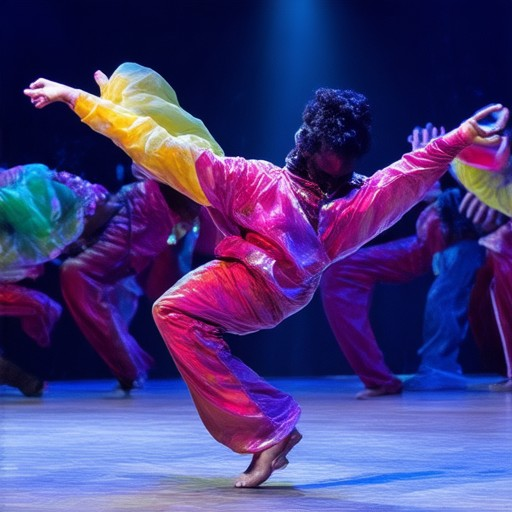
What Are the 10 Basic Dance Steps?
Dance is a universal art form that everyone can enjoy, and mastering the basics is the foundation of any dance style. Below are 10 essential dance steps that every beginner should learn to get started:
- Grapevine : Step left with your left foot, then right with your right foot, repeating. This creates a wide stance and is great for balance.
- Side Step : Move horizontally to the side with a small step, keeping your weight on the supporting leg.
- Box Step : Take a small step forward with one foot, then bring the other foot to meet it, creating a square-like pattern.
- Heel-toe Tap : Tap your toe forward and then your heel, creating a quick rhythm with your feet.
- Jumping Jack : Start with your hands overhead and bend your knees, then jump, bringing your knees to your chest before springing back up.
- Arm Waves : Extend your arms out to the sides and wave them as you move your hips side to side.
- Cross Step : Take a larger step forward with one foot, crossing it over the other, and then bring your back foot to meet it.
- Spin Turn : Turn quickly by spinning on one foot, extending your free arm for balance, and then face the opposite direction.
- Leap : Jump forward with one foot, landing softly, and then bring your other foot to meet it, creating height.
- Stomp : Stamp your foot firmly on the ground, creating a strong, impactful sound and motion.
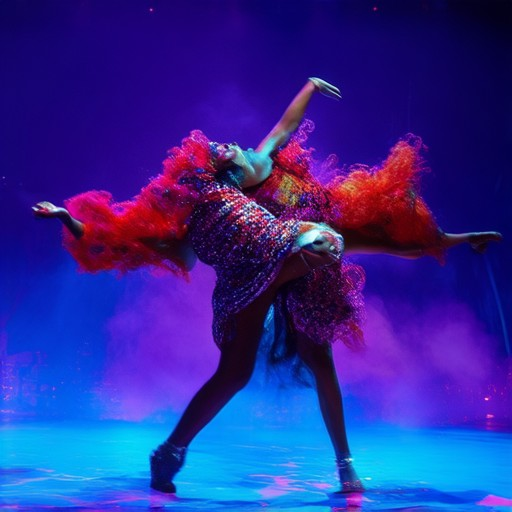
Funny Names for Dance Moves
Dance moves often have catchy names that bring a smile to your face. Here’s a list of humorous and creative dance move names that are fun to try:
- The Tortoise – A slow, steady dance inspired by the tortoise’s pace.
- The Flamingo – A dramatic, balance-focused dance resembling a flamingo’s stance.
- The Spuds McKenzie – Named after the iconic character, this move involves exaggerated arm movements and a potato-like shape.
- The Noodle – A wavy, snake-like dance that feels like moving like a noodle.
- The Sprint – A high-energy version of the running man, emphasizing speed.
- The Caterpillar – A slow, crawling dance that mimics the movement of a caterpillar.
- The Chicken – A comedic, clucky dance that emphasizes chicken-like movements.
- The Robot – A mechanical, stiff dance that resembles a robot’s movements.
- The Monkey – A playful, agile dance that mirrors a monkey’s behavior.
- The Pig – A portly, exaggerated dance that highlights a pig’s characteristics.
- The Hippo – A bulky, waddling dance that captures a hippopotamus’s grace.
- The Fish – A sleek, underwater-inspired dance that looks like swimming.
- The Eagle – A majestic, soaring dance that mimics an eagle’s flight.
- The Bee – A buzz-worthy dance that includes rapid, hive-like movements.
- The Snake – A slithery, undulating dance that flows like a serpent.
- The Penguin – A waddling, turtling dance that resembles a penguin’s stance.
- The Kangaroo – A hopping, bounding dance that mimics a kangaroo’s leap.
- The Koala – A slow, climbing dance that resembles a koala’s behavior.
- The Sloth – A laid-back, slow-moving dance that captures a sloth’s laziness.
- The Ostrich – A tall, long-legged dance that resembles an ostrich’s stance.
- The Dinosaur – A prehistoric, lumbering dance that brings out your inner beast.
- The Rabbit – A hoppy, energetic dance that mirrors a rabbit’s agility.
- The Turtle – A slow, deliberate dance that takes its time moving forward.
- The Raccoon – A clever, mischievous dance that imitates a raccoon’s antics.
- The Fox – A sly, cunning dance that captures the fox’s cunning nature.
- The Wolf – A pack-leading, strong and graceful dance.
- The Bear – A big, bold dance that exudes strength and power.
- The Deer – A graceful, antler-dancing performance that showcases elegance.
- The Bison – A powerful, charging dance that mimics a bison’s might.
- The Elk – A regal, antler-waving dance that exudes majesty.
- The Moose – A large, lumbering dance that captures the moose’s presence.
- The Beaver – A hardworking, dam-building dance that reflects beaver traits.
- The Otter – A playful, water-loving dance that mimics an otter’s fun.
- The Seal – A flip-and-slide dance that resembles a seal’s movement.
- The Polar Bear – A massive, icy dance that freezes the room with its presence.
- The Penguin – A waddling, turtling dance that resembles a penguin’s stance.
- The Koala – A slow, climbing dance that mimics a koala’s behavior.
- The Sloth – A laid-back, slow-moving dance that captures a sloth’s laziness.
- The Owl – A wise, observant dance that conveys wisdom and insight.
- The Crane – A tall, elegant dance that mimics a crane’s graceful flight.
- The Heron – A stately, solitary dance that reflects heron behavior.
- The Stork – A long-legged, balancing dance that resembles a stork’s pose.
- The Pelican – A grand, wing-flapping dance that mirrors a pelican’s flight.
- The Swan – A beautiful, serene dance that exudes grace and serenity.
- The Duck – A quacking, web-footed dance that captures a duck’s essence.
- The Goose – A honking, group-moving dance that mimics goose behavior.
- The Turkey – A gobbling, strutting dance that reflects turkey pride.
- The Peacock – A showy, tail-fanning dance that showcases peacock beauty.
- The Cheetah – A fast, sprinting dance that mimics a cheetah’s speed.
- The Zebra – A striped, energetic dance that captures zebra spirit.
- The Giraffe – A tall, neck-stretching dance that mimics giraffe behavior.
- The Elephant – A trunk-swinging, sturdy dance that exudes strength.
- The Lion – A roaring, powerful dance that commands attention.
- The Tiger – A fierce, prowling dance that mirrors tiger behavior.
- The Leopard – A stealthy, graceful dance that reflects leopard traits.
- The Jaguar – A sleek, powerful dance that exudes feline confidence.
- The Cheetah – A fast, sprinting dance that mimics a cheetah’s speed.
- The Wolf – A pack-leading, strong and graceful dance.
- The Bear – A big, bold dance that exudes strength and power.
- The Fox – A sly, cunning dance that captures the fox’s cunning nature.
- The Raccoon – A clever, mischievous dance that imitates a raccoon’s antics.
- The Badger – A tough, burrowing dance that reflects badger behavior.
- The Skunk – A smelly, stripe-dancing performance that captures skunk essence.
- The Possum – A shy, slow-moving dance that mimics possum behavior.
- The Porcupine – A spiky, quill-dancing performance that showcases porcupine traits.
- The Armadillo – A tough, shell-covered dance that reflects armadillo resilience.
- The Opossum – A lazy, slow-moving dance that captures opossum laziness.
- The Squirrel – A quick, darting dance that mirrors squirrel agility.
- The Rabbit – A hoppy, energetic dance that mirrors rabbit behavior.
- The Hare – A fast, fleet-footed dance that showcases hare speed.
- The Mole – A tunneling, earth-digging dance that reflects mole behavior.
- The Ant – A tiny, hardworking dance that mimics ant traits.
- The Grasshopper – A jumping, hopping dance that captures grasshopper life.
- The Cricket – A chirping, hopping dance that reflects cricket behavior.
- The Dragonfly – A fluttering, elegant dance that mimics dragonfly flight.
- The Butterfly – A graceful, fluttering dance that captures butterfly beauty.
- The Bee – A buzz-worthy dance that includes rapid, hive-like movements.
- The Fly – A quick, darting dance that mirrors fly behavior.
- The Mosquito – A biting, buzzing dance that reflects mosquito actions.
- The Spider – A web-spinning, creepy-crawly dance that mimics spider behavior.
- The Scorpion – A stinging, scaly dance that reflects scorpion traits.
- The Centipede – A many-legged, crawling dance that mirrors centipede movement.
- The Worm – A squiggly, underground-dwelling dance that captures worm life.
- The Caterpillar – A slow, crawling dance that mimics caterpillar behavior.
- The Firefly – A glowing, light-producing dance that mimics firefly magic.
- The Lightning Bug – A bright, flying dance that captures lightning bug essence.
- The Fireworm – A fiery, glowing dance that exudes heat and light.
- The Glowworm – A soft, bioluminescent dance that emits light.
- The Starfish – A spreading, ocean-dwelling dance that mirrors starfish movement.
- The Coral – A colorful, reef-building dance that reflects coral beauty.
- The Jellyfish – A floating, tentacle-swinging dance that mimics jellyfish behavior.
- The Octopus – A multi-tentacled, intelligent dance that captures octopus traits.
- The Squid – A tentacle-waving, deep-sea dancing performance.
- The Nautilus – A shell-covered, oceanic dance that mirrors nautilus movement.
- The Seahorse – A horse-like, sea-dwelling dance that captures seahorse charm.
- The Dolphin – A leaping, playful dance that mirrors dolphin behavior.
- The Whale – A massive, oceanic dance that exudes grandeur.
- The Shark – A powerful, ocean-prowling dance that reflects shark might.
- The Tuna – A swift, ocean-swimming dance that showcases tuna speed.
- The Salmon – A strong, river-dancing fish that exudes vitality.
- The Trout – A nimble, stream-dwelling fish that mirrors trout behavior.
- The Bass – A deep, resonating dance that captures bass essence.
- The Guitar – A strumming, rhythm-driven dance that mimics guitar playing.
- The Drum – A beating, rhythm-focused dance that mirrors drum patterns.
- The Piano – A melody-playing, note-hitting dance that captures piano skills.
- The Violin – A bow-swinging, melody-dancing performance.
- The Trumpet – A blowing, brass-playing dance that showcases trumpet sound.
- The Saxophone – A smooth, melodic dance that mimics saxophone notes.
- The Cello – A bow-moving, deep-toned dance that captures cello essence.
- The Clarinet – A reedy, melody-playing dance that mirrors clarinet sounds.
- The Flute – A breathy, whistling dance that captures flute beauty.
- The Oboe – A rich, tone-producing dance that mimics oboe play.
- The Bassoon – A low, resonant dance that reflects bassoon sound.
- The French Horn – A valved, powerful dance that showcases horn might.
- The Trombone – A deep, resonant dance that mirrors trombone tones.
- The Tuba – A heavy, impactful dance that exudes tuba presence.
- The Piccolo – A small, high-pitched dance that captures piccolo sound.
- The Double Reed – A reedy, expressive dance that mirrors double reed instruments.
- The Bagpipes – A traditional, drone-playing dance that reflects bagpipe sound.
- The Koto – A string-plucking, melodic dance that captures koto beauty.
- The Xylophone – A bell-chiming, rhythmic dance that mirrors xylophone sounds.
- The Marimba – A hand-beating, melodic dance that captures marimba essence.
- The Djembe – A hand-drumming, heartbeat-playing dance that reflects djembe rhythm.
- The Conga – A Afro-Cuban drumming dance that mirrors conga beats.
- The Bongo – A hand-drumming, deep-toned dance that captures bongo sound.
- The Tambourine – A shaker-shaking, rhythmic dance that mirrors tambourine sounds.
- The Triangle – A bell-chiming, rhythmic dance that reflects triangle usage.
- The Cymbals – A crashing, dramatic dance that showcases cymbal sound.
- The Gong – A deep, resonant dance that creates a meditative atmosphere.
- The Chimes – A ringing, melodic dance that captures chime beauty.
- The Bell – A tolling, resonant dance that reflects bell sound.
- The Xylophone – A string-plucking, melodic dance that captures xylophone sounds.
- The Marimba – A hand-beating, melodic dance that captures marimba essence.
- The Djembe – A hand-drumming, heartbeat-playing dance that reflects djembe rhythm.
- The Conga – A Afro-Cuban drumming dance that mirrors conga beats.
- The Bongo – A hand-drumming, deep-toned dance that captures bongo sound.
- The Tambourine – A shaker-shaking, rhythmic dance that mirrors tambourine sounds.
- The Triangle – A bell-chiming, rhythmic dance that reflects triangle usage.
- The Cymbals – A crashing, dramatic dance that showcases cymbal sound.
- The Gong – A deep, resonant dance that creates a meditative atmosphere.
- The Chimes – A ringing, melodic dance that captures chime beauty.
- The Bell – A tolling, resonant dance that reflects bell sound.
What is the Most Iconic Dance Move?
Dance moves have always played a significant role in pop culture, shaping trends and inspiring generations. Among the many iconic moves, several stand out as defining moments in dance history.
-
The Moonwalk
The Moonwalk, popularized by Michael Jackson, is often cited as one of the most iconic dance moves of all time. Originally known as the Backslide, it gained widespread recognition through Jackson’s performances. Its fluidity and grace have made it a timeless classic.
- Historical Context: The move traces its roots back to the 1930s in jazz performances.
- Cultural Impact: It influenced countless music videos and stage performances, becoming a symbol of cool and elegance.
- Technique Tips: Mastering the Moonwalk requires smooth footwork and balance.
-
Breakdance
Breakdance emerged in the late 1970s as a street dance style characterized by high-energy movements and complex routines. It quickly gained popularity through films and music videos, becoming a staple in urban culture.
- Origins: Rooted in African American street culture, breakdance combines elements of hip-hop and freestyle dancing.
- Popularization: Movies like “Breakin'” and “Beat Street” helped bring it mainstream.
- Competitive Aspects: Competitive breakdancing has evolved into a global phenomenon with its own championships.
-
The Dougie
The Dougie, a popular dance among teenagers and young adults, originated in Dallas, Texas. It involves a series of laid-back, slanted movements that exude confidence and casual coolness.
- Characteristics: The dance emphasizes nonchalant posture and exaggerated movements.
- Social Media Impact: It gained massive popularity through viral videos and social media platforms.
- Cultural Significance: The Dougie reflects contemporary youth culture and fashion trends.
-
The Robot
The Robot is a mechanical-style dance move that originated in disco and funk eras. It features stiff, robotic movements that contrast with the fluidity of other dances.
- Historical Context: It gained prominence during the disco era, performed by artists like Grace Jones and Parliament-Funkadelic.
- Technique: The Robot requires precise timing and exaggerated motions.
- Cultural Legacy: It remains a favorite in retro and themed parties.
-
The Running Man
The Running Man, popularized by Richard Simmons, is a high-energy dance move that combines jumping jacks with arm movements. It became synonymous with fitness and aerobics classes in the 1980s.
- Origins: Created by Richard Simmons, it was featured in his fitness videos and TV show.
- Popularity: It became a staple in gym routines and dance workouts.
- Variations: The move has been adapted into various fitness programs and dance styles.

Street Dance Names
Tiger Funk presents a curated list of iconic and innovative street dance names that capture the essence of urban culture and rhythm.
Classic Street Dance Names
- Breakdance
- Street Heat
- Groove Master
- Bounce
- Body Pop
- Spin Move
- Floor Burner
- Rhythm King
Modern Street Dance Names
- Urban Flow
- Body Roll
- Move Master
- Beat Step
- Slide Show
- Air Control
- Spin Surge
- Flow Motion
Fusion Street Dance Names
- Funk Fusion
- Soul Step
- Jazz Jive
- Latin Groove
- House Move
- Techno Spin
- World Beat
- Hip Hop Fusion
Unique and Creative Names
- Neon Vibe
- Street Vibes
- Urban Pulse
- Neo Motion
- Future Flow
- Raw Power
- Wild Style
- Street Edge
Tiger Funk is your go-to destination for all things street dance, offering in-depth articles, artist profiles, and exclusive content to fuel your passion for urban culture and dance.
Explore Tiger Funk
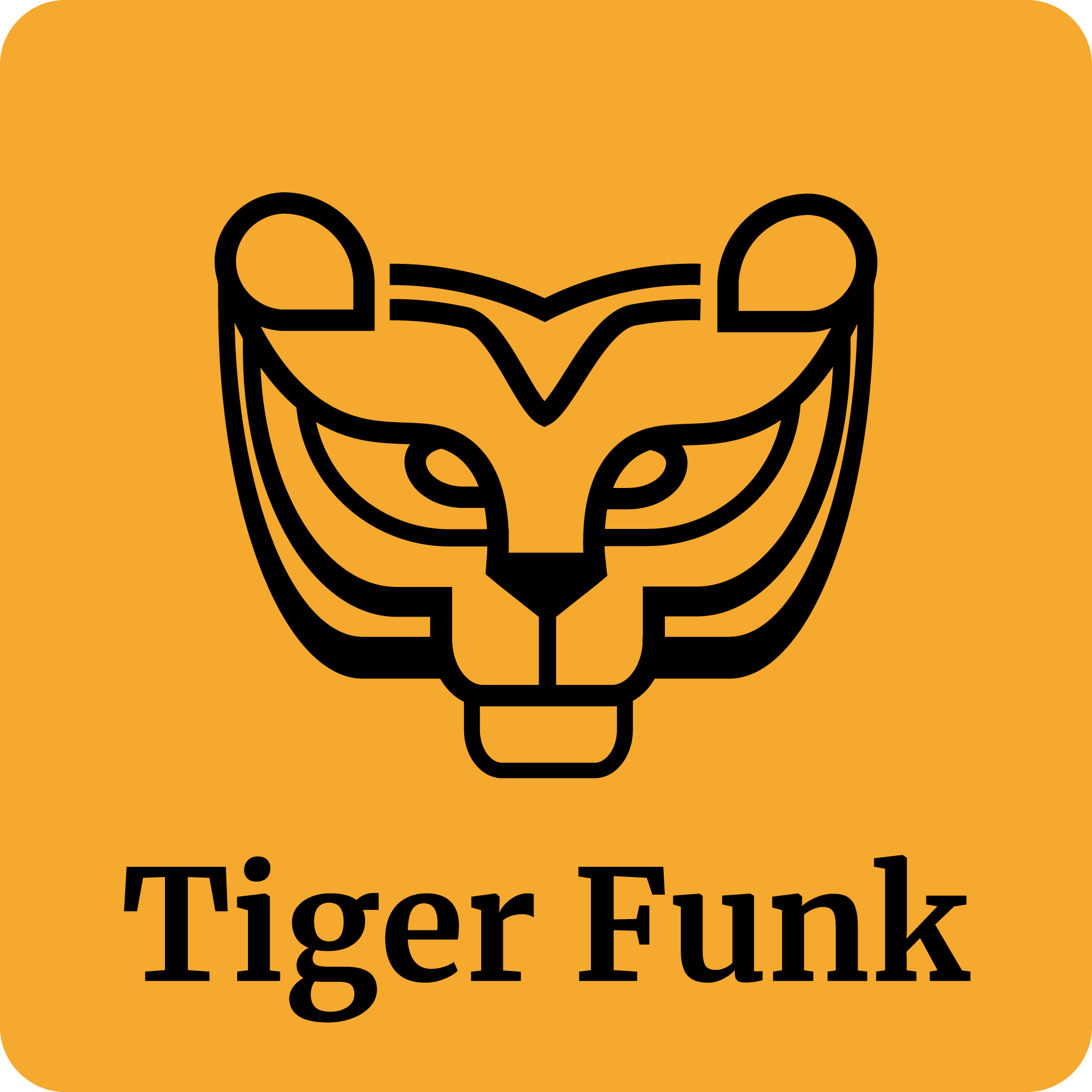
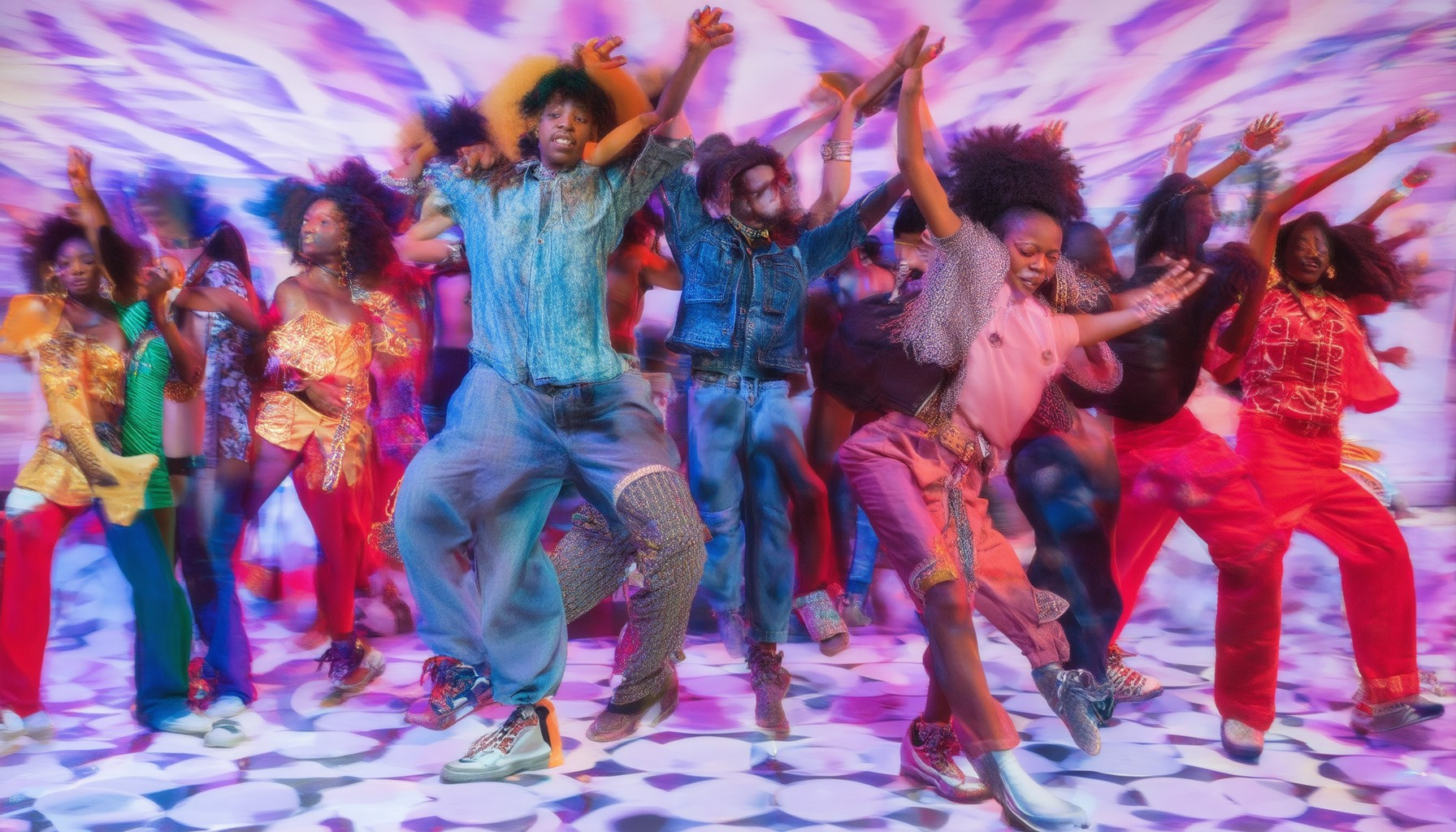
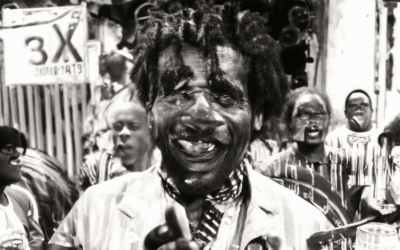
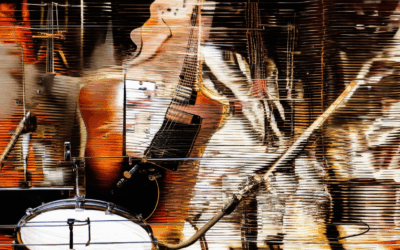
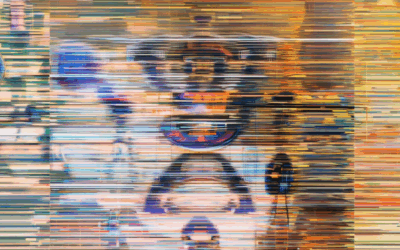
0 Comments